Weather and Climate
Winter Hardiness

It’s Everywhere!
“Hardy to zone…” It’s on many seed packets and plant tags. It seems to be important.
What does it mean, though?
What is “hardiness”, and how does it affect our gardening ideas and plans?
Let’s learn about this concept, and how we can use hardiness and our own hardiness zone to plan some of our gardening endeavors!
USDA
Hardiness Zones
The United States Department of Agriculture (USDA) has sorted specific temperature ranges into a system called the “USDA Hardiness Zone”. These temperatures are based on the coldest winter temperature that a specific area reaches.
Look around outside
If you look around where you live, you will see certain plants and trees that are “hardy” to your local hardiness zone– these are the trees that continue to live and grow, and the plants that come up every spring.
Think about other parts of the country, far away from you, either north or south. If you live in the American Southwest, you will notice that grass can be difficult to keep alive and thriving. If you live in the New England states, you will not see many cacti growing around you.
USDA Hardiness Zone Map
Where do you fall on the map below?
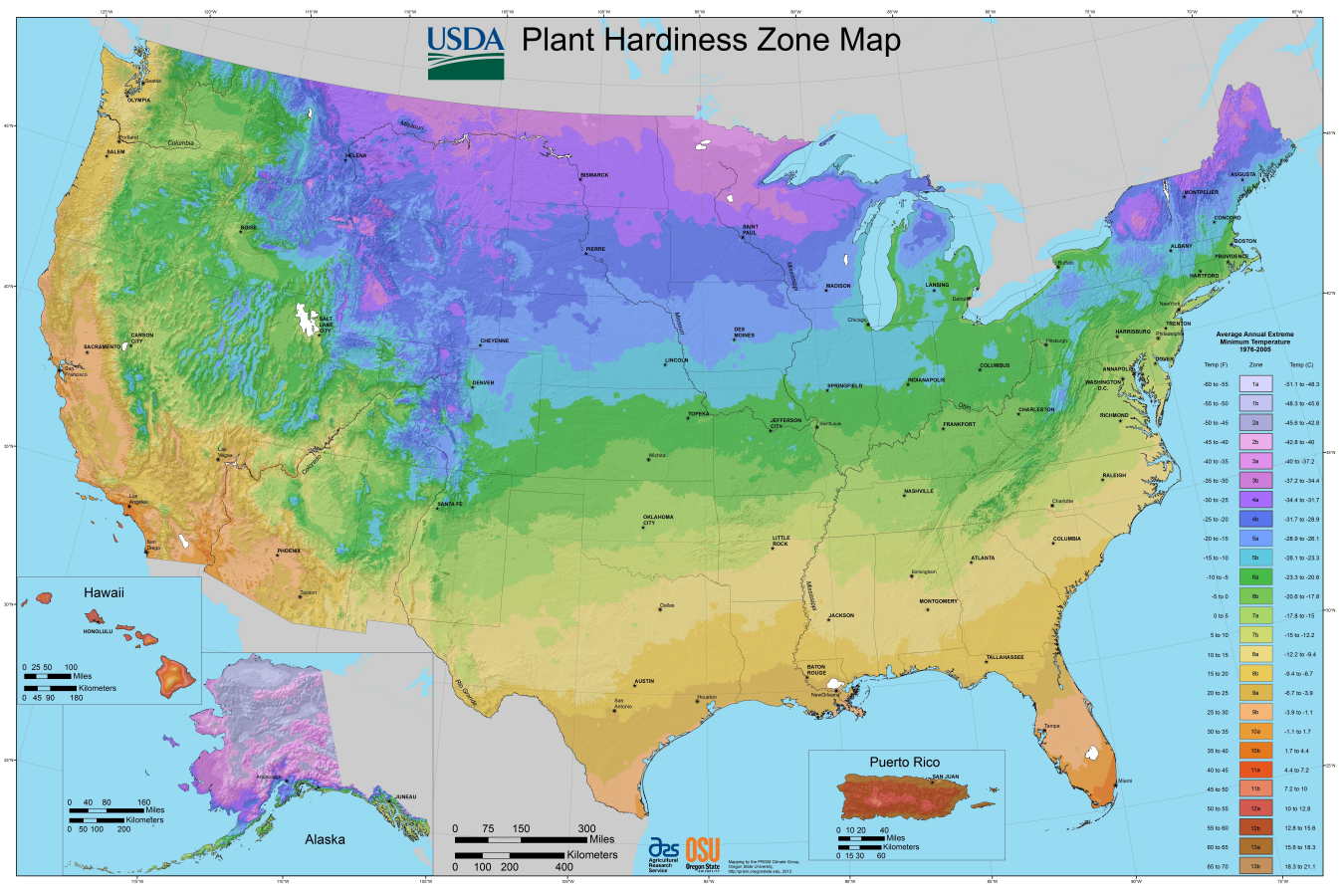
Below:
A simplified, easier-to-read map from the USDA
Above:
USDA Hardiness Zone map with detailed sub-sections
These maps from the USDA show each of the zones, and also indicate the temperature ranges for each. Notice the areas that generally do not get colder than 40 degrees Fahrenheit. And there are also areas that get as cold as 40 degrees below!
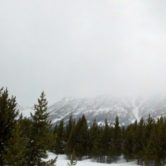
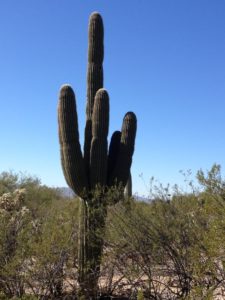
Climate Survival
The ability for plants to survive in their native environment, or a location that has a similar climate, is based on many factors.
Many plants surviving in very hot and dry climates have the ability to store moisture in their leaves; these are the succulent plants.
Plants that survive cold winter conditions may retreat into their root systems during winter months, or may store chemicals in their leaves that act as anti-freeze, so that the water inside their cells does not freeze and destroy the cells.
Outside of the Zone?
Just because you live in a place outside of a plant’s preferred hardiness zone does not automatically mean you cannot grow that plant. It just means that you will have to make adaptations to its environment to help it survive.
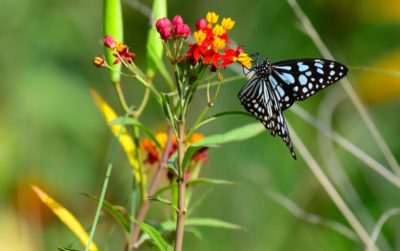
Too cold?
Plants that are sensitive to the cold can be grown outdoors for only a season (as the seed packet might say, “grown as an annual in colder climates”)…
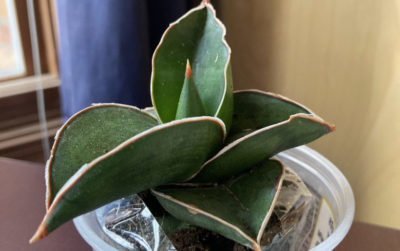
…or they can be kept in containers and brought indoors before temperatures drop below their comfort zone. This is common for succulents, citrus trees, and more. Some people may just keep them indoors year-round, in a bright and sunny window.
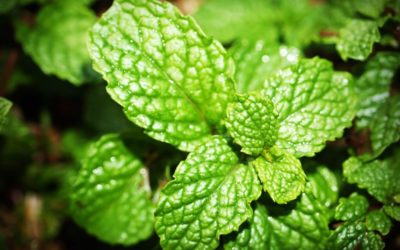
Too hot?
Plants more adapted to cooler or wetter climates can also be grown in hotter areas, but they will need protection from intense sunshine, as well as frequent watering. Growing these indoors, or outside under a shade cloth can help them survive.
